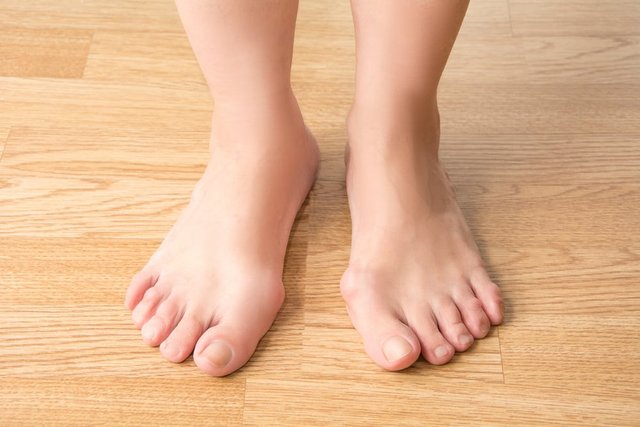Who Is a Candidate for Corn Removal Surgery?

Pressure and friction cause corns and calluses on feet. As a result of these, an accumulation of dead skin cells occurs. This is initially a protective feature of the human body, but it begins to hurt when too much skin is accumulated.
Corn will grow if there is a central point of greatest pressure. This is a rigid ball of skin that sits exclusively in the epidermal layer. This ball (corn) acts like a stone, pressing against nerves in the dermis and causing discomfort. If there is too much pressure, the person's blood circulation is compromised, or if the skin is delicate, it can result in a sore or even an ulcer.
Over-the-counter corn fix pads containing acid can also cause this, especially if there is little callus and it gets onto healthy skin. It frequently aggravates the corns between the toes. Stopping the pressure and removing the source of the pressure is the long-term solution to corns and calluses.
How Are Corns Treated?
If the pressure is removed, the corn will not grow. However, this is easier said than done, particularly with women's shoes, deformities, and changed walking patterns creating extra pressure in an area.
Corns and calluses are treated by podiatrists when they cause pain and discomfort. The best solution is to eliminate the source of the friction. Corns and calluses will usually disappear after that.
Diabetes and other illnesses that produce reduced blood flow to the feet might pose major risks and difficulties when it comes to corns and calluses. If you have any of these symptoms, search “corn removal surgery near me” for an appropriate treatment.
Who Is Prone to Developing Corns and Calluses?
The following health conditions can enhance your risks of developing corns and calluses:
- Hammertoe. A hammertoe is a toe malformation that causes pressure and friction on the other toes;
- Foot deformities. A bone spur can produce friction and corns and calluses within your shoe.
- Bunions are bony bumps that grow on the joint of your big toe and are exposed to pressure against your shoes.
Is Corn Removal the Only Way to Get Rid of Them?
Assume you've already tried home treatments and over-the-counter medicines to get rid of your corn, but your foot is still hurting. In that situation, you may require corn removal surgery from a podiatrist.
A podiatrist can tell you if you are a good candidate for corn removal surgery after examining your feet.
What Exactly Is Corn Removal Surgery?
Corn removal surgery is a quick office procedure. It should take less than half an hour. To numb the affected area before the corn removal surgery, local anesthesia is used. Your podiatrist will use a sterilized scalpel to delicately shave the layers of dead skin away from the corn.
Minor bleeding is expected throughout the procedure, and a few stitches may be required to heal the wound. After the removal of the corn, your podiatrist will apply a bandage to keep the area clean and avoid bleeding.
Recovery after Foot Corn Removal Surgery
As soon as the surgery is complete, your podiatrist will give you detailed instructions on how to manage the incision and keep it clean to avoid infection and other issues.
The recovery time for corn removal is estimated to be between 2 and 7 days. During this time, the patient should restrict all physical activities, refrain from wearing conventional shoes, and avoid putting pressure on the foot.
If you feel discomfort because of corns and calluses and require corn removal surgery, look for a foot clinic in your area and make an appointment with a podiatrist.